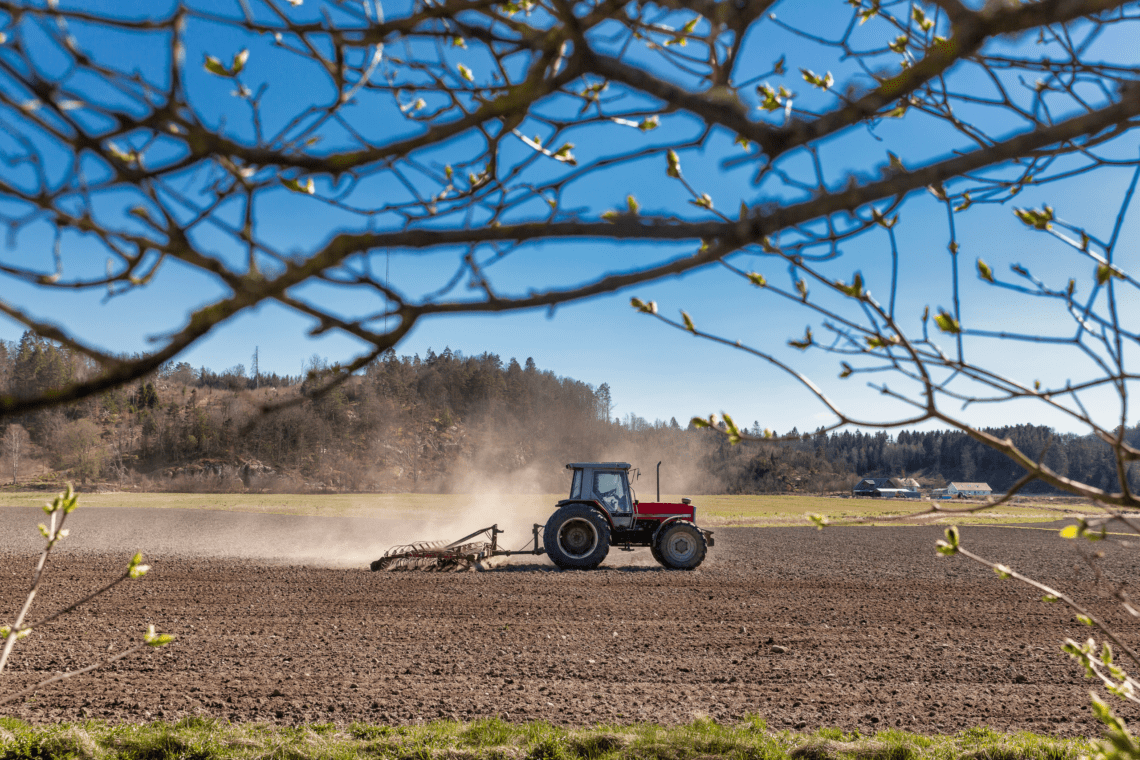
Preparing Texas Farm and Ranch Land for Spring
Texas leads all other U.S. states in the number of private farms and ranches, so as soon as the weather starts to warm up, private landowners in Texas are getting to work to prepare their land for spring.
Texas farmers are busy preparing to plant cotton, corn, feed grains (sorghum, milo, etc.), rice and wheat, peanuts, sunflowers, sugarcane, and more. The work starts before the soil is warm enough to plant. Farming and ranching are about timing, preparation, diligent maintenance, and a lot of hard work. Farmers have to know when to plant, what to plant, how to plant it, and whether or not it will make a profitable harvest.
All of the hard work is easier for farmers and ranchers when they stay on top of spring prep. That means proper planning, maintenance, and reading the signs that speak to when, what, and how to plant.
Let’s take a look at what needs to happen before planting.
Soil/Water Assessments:
A farmer can only grow what the soil and water will allow. If you try to grow corn (or anything else) in soil that doesn’t have the proper nutrients to support it, you’ll probably lose the crop. If you can’t supply water during high-growth periods, your crop won’t mature, and you’ll likely lose it.
It’s important to gather as much information about the elements of your farm as you can. That includes the number of sunny days, the amount of annual and seasonal rainfall, wind characteristics, etc. While those are all important, the most important aspects of your farm are your soil and your water. Take multiple soil samples from multiple areas and depths. Log the results and pay attention to any changes over time.
Also, make sure your water is free of any contaminants. Knowing the Ph, mineral content, and consistency of your water supply will assist in deciding what to plant. Spring is a great time to conduct these tests because you can choose what to plant based on the test results. Soil test results can let you know which supplements you need to grow which crops.
Equipment:
Long gone are the days of swinging a scythe or harvesting by hand. Harvesting and planting equipment saves countless hours of hard labor on any farm or ranch. But you’ll need to do regular maintenance checks to keep your equipment useful for its entire life.
January or February is the best time to establish your annual maintenance intervals for your equipment. The winter is when there is limited work for the equipment and the farmer alike. This window is great for conducting major inspections. You want to complete these major checks before the equipment will do serious work during planting in mid-spring.
Always start the spring with well-maintained and greased equipment. If you neglect your machines, you might end up breaking down while your spring planting window is closing. Spend enough time during the winter to get everything dialed in. It will pay off when the sun is shining on your crops as you harvest.
Farming isn’t for everyone. But for some of us, owning and working Texas farm and ranch land is a dream. Spring work is a ritual that farmers can get excited about because they know how important it is for the success of the season.
If you’re looking for a farm or ranch in Texas, then consider getting in touch with Texas land pros who can find your ideal farm and set you up for success. That way, you can start off on the right foot and have the best chance at establishing a thriving Texas ranch. There are opportunities waiting for the willing and ready! Contact Ruple Properties to get started.
